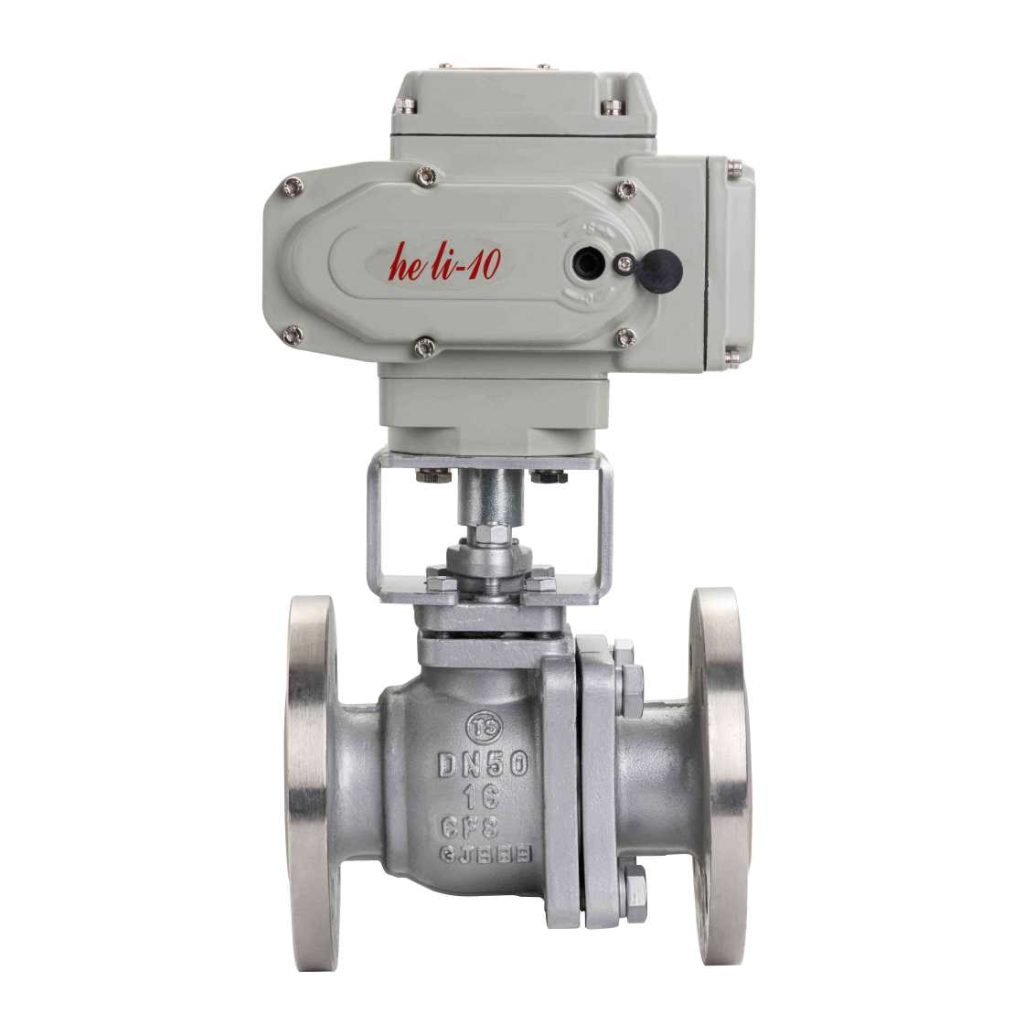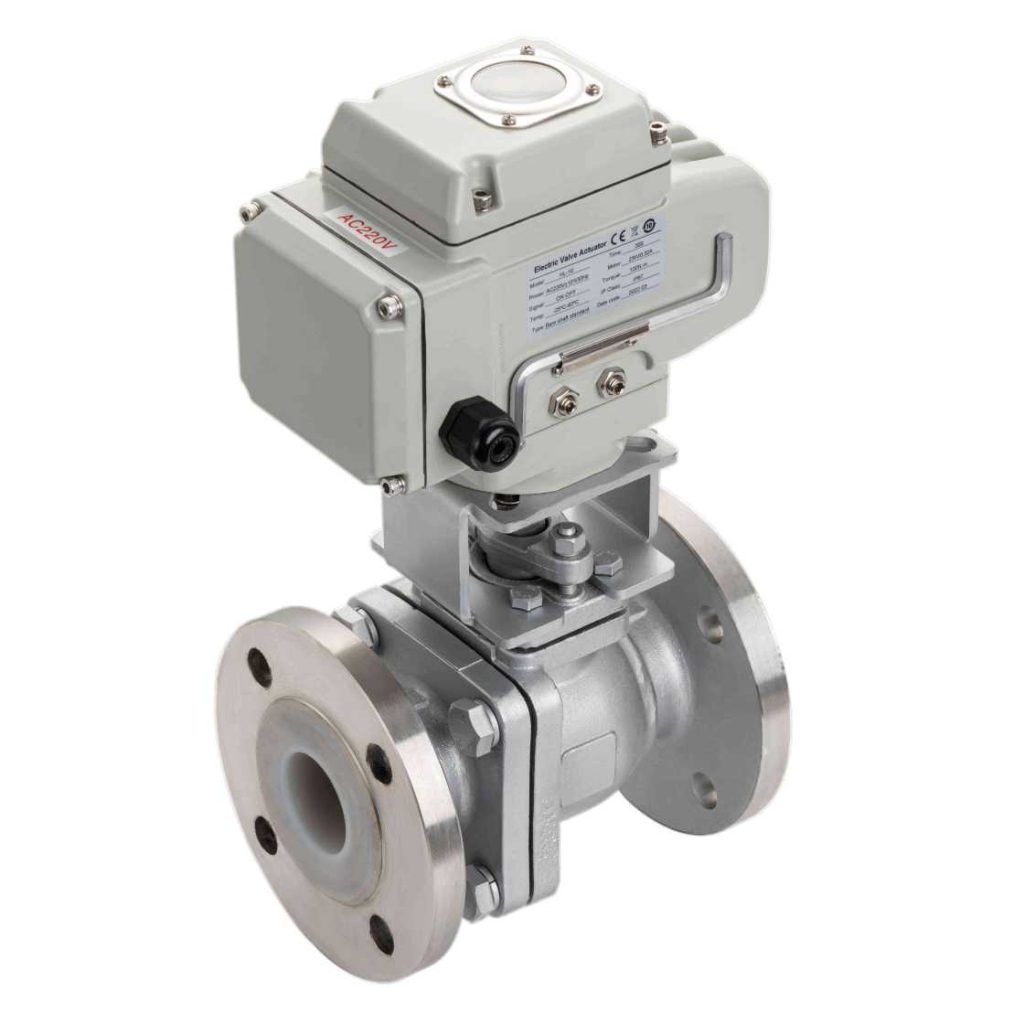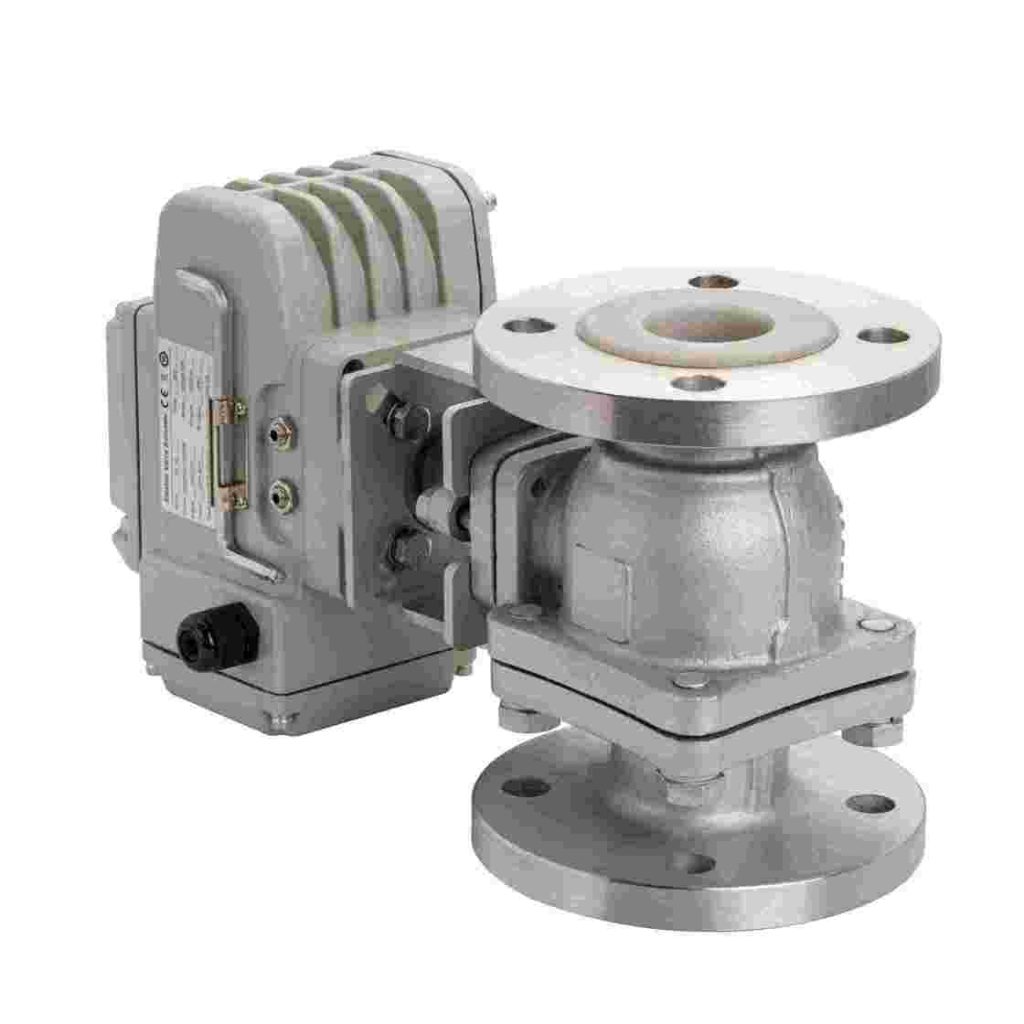The electric flange ball valve is an essential component in many industrial processes, providing a reliable, automated solution for regulating the flow of liquids and gases. With its advanced technology and ease of operation, it has become a popular choice for industries such as oil and gas, chemical, water treatment, and HVAC. This article explores the key features, advantages, and applications of the electric flange ball valve.

What is an Electric Flange Ball Valve?

An electric flange ball valve combines the traditional ball valve design with an electric actuator, allowing for automated control of the valve’s opening and closing. The valve body consists of a ball with a hole in the center, which rotates to allow or stop the flow of media through the valve. The “flange” refers to the method of connection to the pipeline, where the valve is mounted using flanges that are bolted to the pipe, ensuring a secure and leak-proof seal. The electric actuator, typically mounted on top of the valve, uses electric power to control the valve’s movement. It responds to signals from a control system, such as a PLC (Programmable Logic Controller), to open or close the valve automatically, eliminating the need for manual operation. This feature makes electric flange ball valves ideal for applications requiring precise control, automation, and remote operation.
